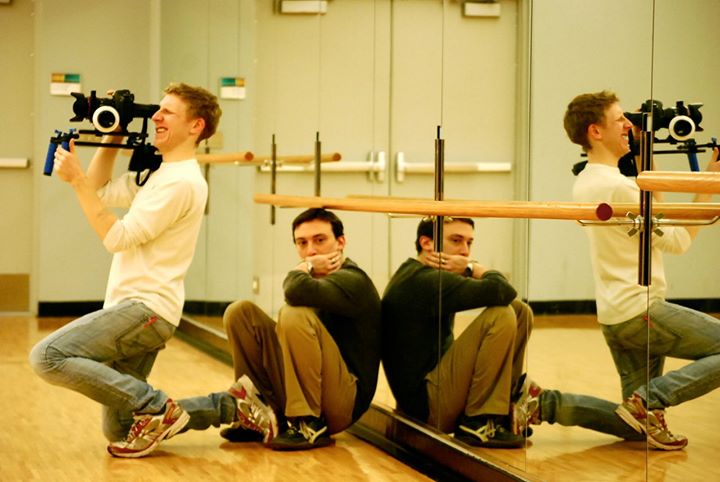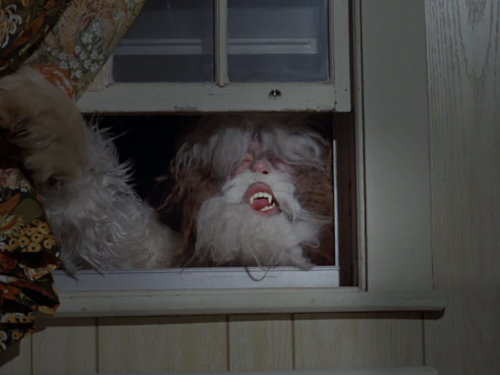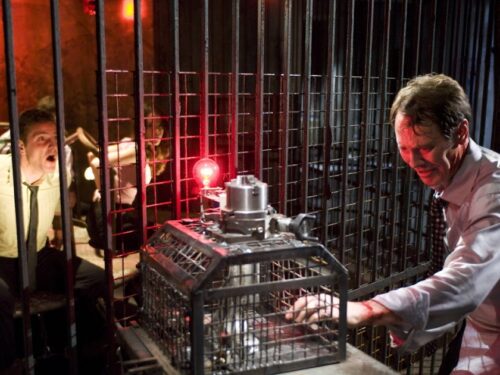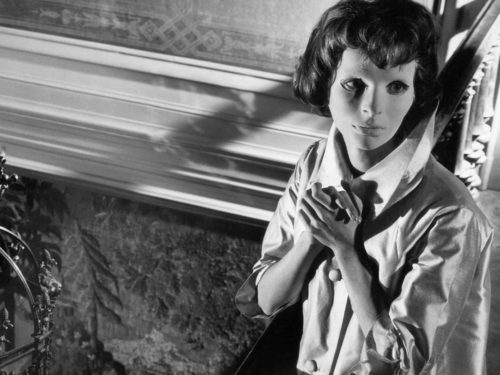In the final installment of our Frank V. Ross interview series, the filmmaker looks back on his productive decade and where his life as an artist is heading in the 2020s
Split Tooth Media’s Film Editor, Brett Wright, has been in correspondence with filmmaker Frank V. Ross since 2016, when he was preparing his Master’s thesis on Ross’ work while studying at Boston University. What follows is the third of a three-part, career-spanning discussion of Ross’ life and filmmaking compiled from three years of emails and phone conversations. Ross’ words offer not only practical insight into modern independent filmmaking, but an unprecedented look into the imagination behind some of the most perceptive films of the past 20 years.
Read The Split Tooth interviews with Frank V. Ross here: Part 1: Early films, Quietly on By and Hohokam and Pt. 2: Present Company and Audrey the Trainwreck
Split Tooth Media: Many critics and reviewers tend to see your work solely as ‘realistic,’ ‘slice-of-life’ representations of life. Does it ever bother you when people look at your work merely as realism?
Frank V. Ross: It doesn’t bother me because I know there are people who are going to get what I am doing. People may read about it as ‘realism,’ but the people who are going to really get the work — the ones who it is going to mean something to — they are going to see past all of that shit and say, ‘No, that’s not right.’ So I guess I can say I don’t mind. It’s just a shorthand or low form of how to critique something. Naturalism and realism is, for me, my version of dramatics. That’s my version of trying to get it right. I would love to do something that is sort of Old Hollywoody. I love that sort of Bette Davis thing where she is, what we would today call, ‘hamming it up,’ because times change.
I’m not trying to fool anybody into thinking that my movies are really happening. I love it when people ask, ‘How much was improvised?’ And I just answer ‘not much.’ It’s supposed to feel that way because that is our dramatics. I think it is almost unnecessary to mention the realism and naturalism of it. It’s like, you wouldn’t read a review of Stagecoach that says, ‘It was acted.’ Yes, those are actors. Realism should go without saying, too.
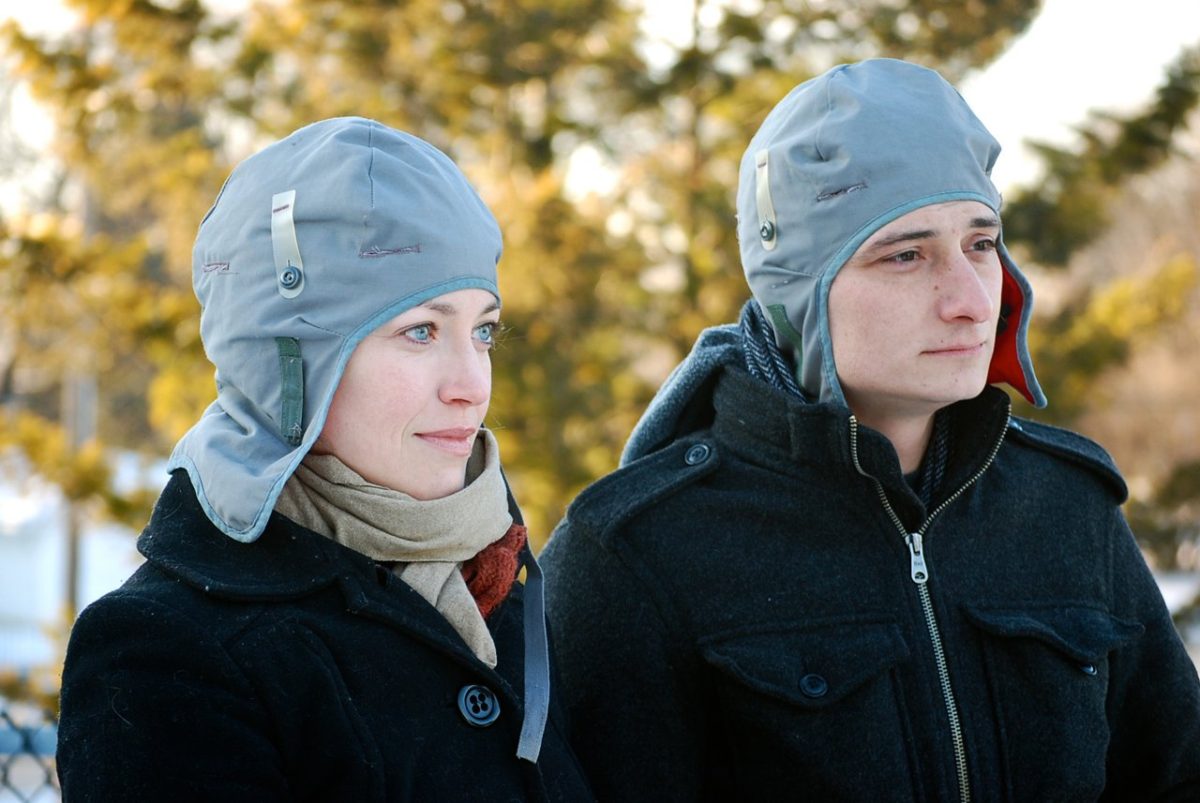
I noticed that many of the reviews for Tiger Tail in Blue latched on to the whimsical aspects, switching over to the opposite extreme by labeling it ‘surrealism.’
To be honest, with the surrealism thing, [Mike] Gibisser helped me with the press kit, and he was like, ‘You have to put into the press kit that the movie gets into surrealism.’ And I thought it was a great idea. Mainly because it would keep people from talking about naturalism and realism. I wouldn’t have thought of that, but it was so smart to sort of kill it right out of the gate. And I mean, it makes sense, the score’s got a clarinet in it (laughs)!
Of course, the surreal side of Tiger Tail we are alluding to is how Rebecca Spence plays a dual-role in the film.
Rebecca was cast in Audrey the Trainwreck over the phone. I didn’t even meet her. And I just loved working with her. And Dave [Lowery], who shot Audrey, you can see how close the camera is on Rebecca in her scene, he was just obsessed with her. So I wrote Tiger Tail for Rebecca based off working with her for just one day.
How did you go about directing her in both of these roles?
I didn’t direct Rebecca much. We got along well and just worked well together. In the script, you see how the characters are listed as ‘The Brunette’ and ‘Melody.’ I think writing it like that helped her enough where I didn’t have to give her much direction. My favorite thing to do is just sort of trust people and be surprised. Also, when you are directing as well as acting, as I was in Tiger Tail, you can set so much tone within a scene. You can let the actors fly, or you can constrict them. You can do whatever you want within the scene. Plus, Mike and I set the visuals so that we could create vignettes around the Brandy stuff, without emphasizing it. He came up with the sterile, very bland lighting for the scenes with Melody, and then the richer yellower lighting for Brandy. He’s so smart it pisses me off (laughs)!
Read our review of Mike Gibisser’s World of Facts
Regarding the films you shot yourself, you have said that you like to ‘mess up’ the look of your films because you don’t like ‘clean’ digital images.
Gibisser shot my last two movies and Lowery shot Audrey before that. Dave and I are definitely more in-synch with how we like stuff to not look good. And then Mike and me get along and speak the same language, but Mike is a composition kind of guy and he color-corrected Bloomin by himself. But I don’t edit based on the technical aspects, whether something is better lit or yada-yada. Like, we will be shooting and he will change a light and I’ll be like, ‘You know I don’t give a shit if the light’s in one place in one shot and not in the other one’ (laughs). I don’t know what he does to adjust, but when I shoot my own stuff, I don’t like clean video because I think it looks stupid. We always muddied up the waters. And a lot of times, like in Hohokam (2007), there’s no lights on that film. We had some reflectors, but I didn’t have time to light (laughs)! I shot Hohokam in nine days. It was like, ‘Turn the light on, turn the light off, alright, it looks better off.’
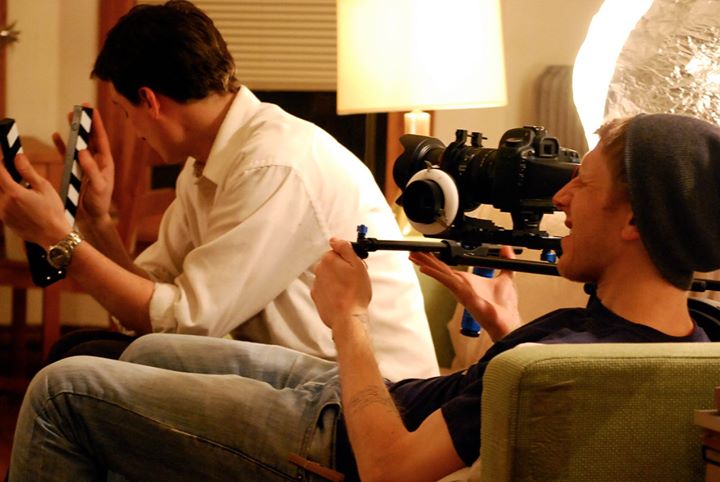
How did you and Mike Gibisser meet, and what drew you to him as a collaborator?
I met Mike in the green pastures of Harvard University. Finally, Lillian and Dan and Hohokam were playing together as part of a series Ted Barron and Ray Carney had curated at the Harvard Film Archive. As I remember, Mike had two short films, shot on film, that were projected just for the filmmakers that were there and the curators. I had yet to actually meet him when the first film, Chris’ Cadence, started. Mike plays a young man who is constantly changing light bulbs and teaching himself to dance. There were little cutouts of the steps on the floor and everything. There were no words, just bulbs and steps and it filled me with such pure joy the way only inside jokes and floating in a pool can.
Watching Lillian and Dan, it was clear to me that this fella had similar sensibilities and cared for photography in a way that made sense to me but I wasn’t capable of. His coverage was artful and deliberate, with a concern for capturing the performance in the frame, and it was handheld. Mike’s instincts are that of a street photographer, catching those glances, that wants us to hear the story. Luckily he’s a filmmaker and we get the story. When Mike found his way to Chicago, he already had the job to work on whatever film I made next. Which turned out to be Tiger Tail. Our senses of humor clicked and that’s all that’s needed in a collaboration as far as I’m concerned.
I never look at footage during a shoot so I relied on him to know if we needed another take or if we had it. I remember shooting a wordless close-up of myself for Tiger Tail and I asked Mike, ‘Was that good or too much?’ With one eye closed, the other in the eyepiece of his 5D, he grabbed focus and said calmly, kindly, ‘It was a little much.’ What more can you ask for?
Some of your contemporaries, like Joe Swanberg, have had the opportunity to work with film after relying on digital video for most of their careers. Do you have any interest in working with real film or does the format matter to you?
The format doesn’t matter to me. I thought what Joe was doing with film was really fucking cool. He has the head to do that — and the means to do it also. But I am OK with stretching my movies in a different way, but the format doesn’t matter to me because it can’t. If someone came to me and said here is X, Y and Z, I would say, OK, let’s try it. I also wouldn’t try an iPhone thing because there would be so much post-production, so why bother? But it became pretty clear to me quickly that I lost my affinity for the technical side of it. And when I surrendered the camera over to Lowery for Audrey and looked at the finished project and it still felt like one of my movies, I found I liked doing it this way. I am glad I did it both ways though. I learned a lot.
There is a moment in Tiger Tail, in which, in the script, you have a note that reads ‘Killing Time’ written in bold letters in the margin across an entire scene between Chris and Melody. With your later films, I feel they have developed a different awareness of temporality. Have you noticed changes in your ability to manipulate time in your movies?
When you watch a scene and there is no sense of urgency in what they are doing, you have to ask, ‘What are we doing here? What is the tone of this scene?’ All of the lines are throwaways. It doesn’t matter what the actors are saying. I think it’s also about something, like in Hohokam, where Anson has a sense of urgency about the shirt, and Lori doesn’t, I didn’t consciously think of it like, ‘Oh, these two people are having vastly different experiences with what’s going on right now.’ But I think I want to get more of that in there because that’s what a movie is. With Audrey, when Ron sits down to have a beer, and the others are playing the game, he doesn’t belong there. So with that scene, all I am going to care about is a look of engaging and then a look of total disinterest. It’s about trying to catch that moment when Darcy squats down to tie her shoe and Ron sneaks a glance at her butt. Catching the moments and details that are important.
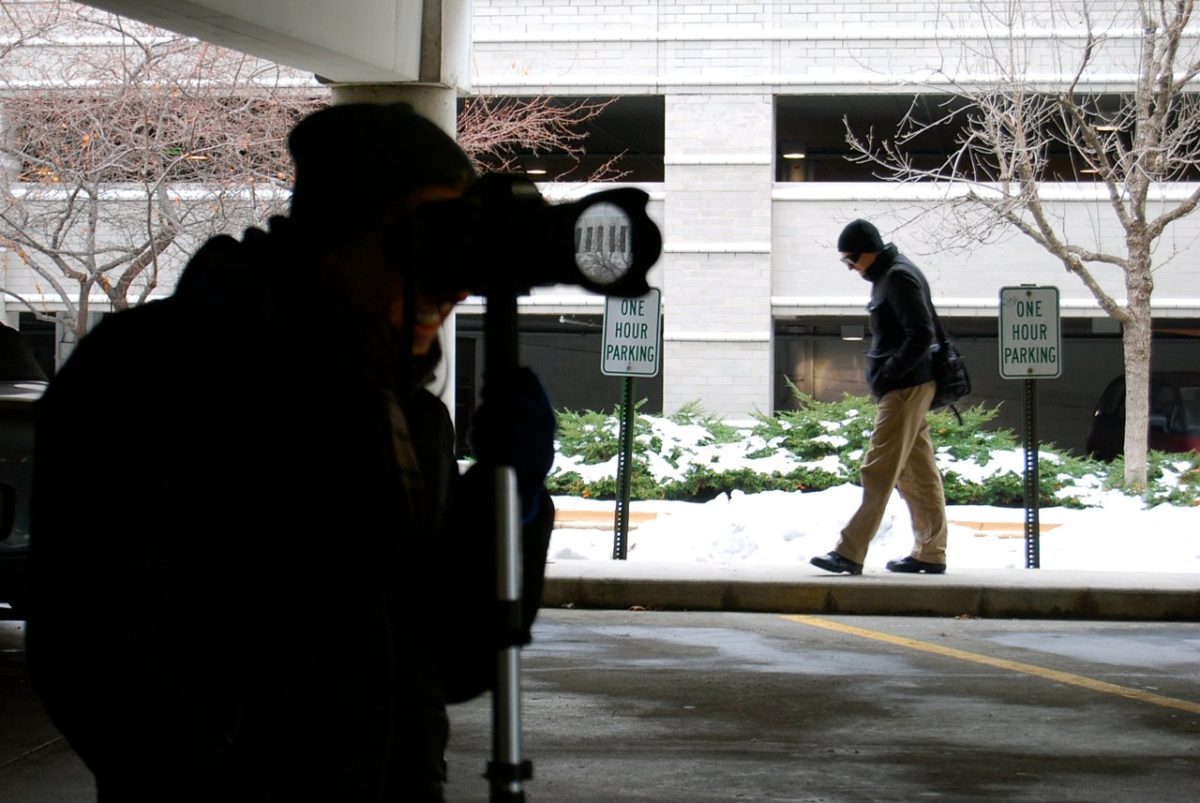
You have edited all of your own films. Does it surprise you that more directors don’t edit their own work?
I can see the interest in not editing your own film. While I may have lost my taste for lighting and holding a camera, I started out wanting to be an editor because I liked the sensation of it. It’s my favorite part. I am not a technical editor, but I have a good sense for it and I think you learn the most from editing. Like, Swanberg is good at getting into a movie and I think it is because he has edited. He knows what can’t be used so he is not going to even bother doing it if it can’t be used. I remember when we were shooting Drinking Buddies, on my first or second day, something happened with an ad-lib where money was put into my pocket and I got up on the table. I did it because the actors were all clapping for me to do it, but the whole time I was thinking, ‘this isn’t goin’ in.’
But you don’t always know what’s salvageable until you look at it. The first film I edited for somebody else I asked for all of the footage and they were like, ‘we’re just going to digitize it,’ and I told them I would digitize it but I need to see all of the footage. Like, I need to see all the facial reactions when ‘cut’ is called because sometimes that is the best shit. One of Mike Gibisser’s favorite shots in Tiger Tail is this look Rebecca gives the first time she and Megan [Mercier] occupy the same space in the restaurant. She gives this look towards her, but she is actually looking over to me offset when I called her name. In watching the footage, I saw it and thought it was amazing. It ended up in the movie and it’s a great moment. You just need first hand, hands-on knowledge of that sort of thing.
I think, in particular, working with all of the footage and being an editor, trying to make something work, yelling at the people and yelling at yourself and knowing that the first on-set day-of keeper take is never the one that ends up in the movie. I understand why people don’t edit their own stuff, but I started doing this at a time when, if you were going to make a movie, you didn’t go find someone to edit it for you. You needed to do everything. No one was going to soundmix your movie for you. I do the sound editing on my movies too and I understand why no one wants to do that. But for me, it’s all part of the same process. It’s all one thing.
Do you think your experience as an editor has influenced the way you write?
Editing a movie makes you know where to place dialogue in a scene. Also, when directing a scene, you can go, OK, we need four lines before the scene starts in order to make this not cut like a sitcom coming back from commercial. It helps you set up a scene more deliberately because when you read it and visualize it, you can get where it’s not going to cut together right or if it’s going to be a nightmare to set up.
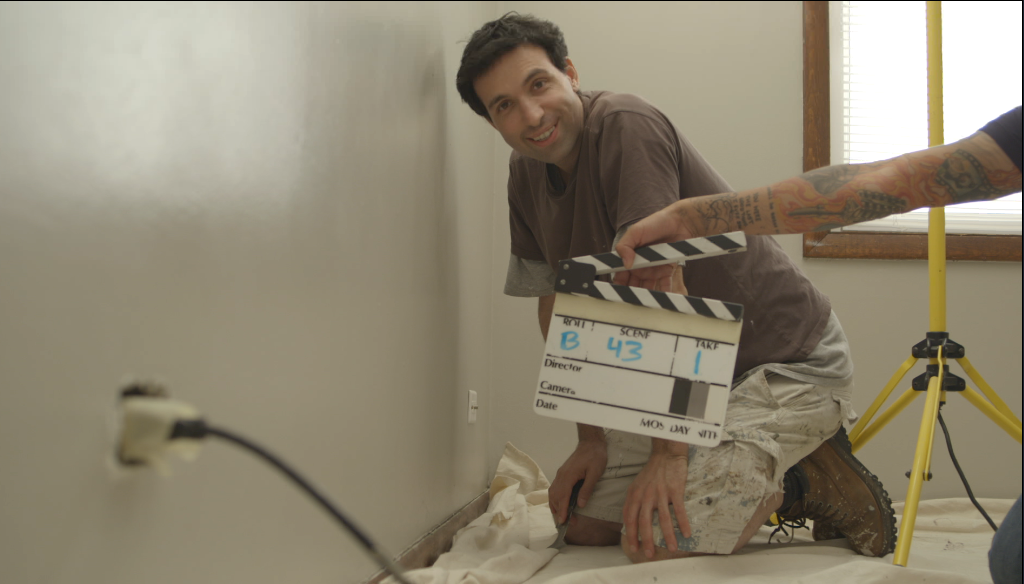
With Bloomin Mud Shuffle, you worked with some more established actors, like James Ransone, Alex Karpovsky and Natasha Lyonne. How did they get involved in the film?
I’ve known Alex for years. We were already fans of each other, and had talked about working together multiple times. With Ransone, you know, Swanberg is now successful (laughs) so he already knew James. So I told Joe that I wanted to work with James, and asked him to email the script to him. James liked it, so we emailed and Skyped, and then it worked out. Natasha and Ransone are buddies. So we sent Natasha a different role, the role that Rebecca plays, and Natasha said, ‘I want to play Jock.’
Her performance in the family dinner scene, when she finds the doctor’s note about her dad getting a biopsy, is incredible.
She did that scene full blast every time! She is so good! I had never even met her before shooting. I just knew I liked her.
One of the final moments in Bloomin takes place in a confession booth with Lonnie discussing his drinking and smoking. Are you a churchgoer?
My dad was the maintenance guy at a church in Naperville [Illinois]. I went to work with him as often as possible. The priests were pretty cool, reasonable people. [One was] Father Tony, who the character is named for.
I love when Lonnie tells him ‘Tony’ is a weird name for a priest.
Yeah, I love the way Dave (David Pasquesi) answers that line, ‘Is it?’ (laughs). Like he’s saying, ‘You want to think about that again?’ But yeah, I worked for the priests and they stopped being men of the cloth and were just guys who needed chairs set up and stuff. So I just wanted to write a priest like that. Whenever you see priests in movies, it is exactly what you think it is going to be. I thought it was a pretty punk rock thing to do to make him just a guy who is giving Lonnie some semi-good advice. A friend of mine is actually a Protestant minister and he really appreciated the priest character. I said, ‘Thank you, I didn’t want to ask, but I really wanted to know what you thought.’
Bloomin was released digitally by Factory 25. You joked about the process of getting the film released when we spoke in 2017:
They let me name the LLC, and I called it Eventually Films, and I joked with the producers the other day, saying, ‘You get the joke yet?’
Your films have all been critically acclaimed but often distinguished for being a ‘Best Undistributed Film.’ Do you see your work as hard to sell?
Let’s put it this way: My movies don’t smell like money. It’s like when Llewyn Davis plays for F. Murray Abraham in Inside Llewyn Davis (2013), I don’t think people look at them and see money and somebody has to see that for that. But I think, based on the fact that they haven’t sold, and I am on the phone with you, if you give people something good, they will consume it and they will pass it on. But I don’t think that is a game that anyone wants to play at this moment.
How often do you write a script that you don’t end up shooting? Do you have a vault of potential films?
I get ideas a lot. Whether they turn into a movie or if they just become notes upon notes upon notes, it’s just about whether it keeps my attention long enough. After Present Company, I wrote a script that didn’t get made. I wrote Audrey, finished that movie, then wrote another script that didn’t get made. I have four or five screenplays that either can’t get made or don’t want to get made. But they are done. I started on another one recently, and it just became too labored and I decided that I wanted to start the next book. So right now I am on a schedule to write the next novel and then I will come back to scriptwriting. The best way to put it, is that I live in a project and any ideas I get either wind up in that project or get pushed aside for the next one. You know, you can’t work on everything. I worked on one script for like two years, if not longer. And it’s the best example of what I want to start doing with movies, but it is a multi-million dollar movie. I’m not going to get it. Maybe I will turn it into a novel, but it’s a really good script. It’s visual and it’s funny but I am never going to get it made.
Are there any characters from your films that you have thought about returning to?
That’s not how my head works. I have thought about returning to the character in the novel I just finished writing, but as far as movie-wise, I think the characters grow out of the circumstances they are going to go through and they get fleshed out from there. I have used people as an image for who I was going to write about and it bloomed from there, but I have never started with a character in a fleshed out sort of way. But I don’t think about returning to characters like that. The character from the novel is the one that is most inspired by my idea of myself, but I used a period of time in my life as the starting framework for that book and realized when I finished it that I could use another period of my life as the framework for another novel about this character.
Any updates on the novel?
I have an agent. I am trying to get some advanced press and he’s going to try and sell the thing. We are trying to get a small literary press to put it out and I am learning about the process so I don’t know. It is out of my hands right now.
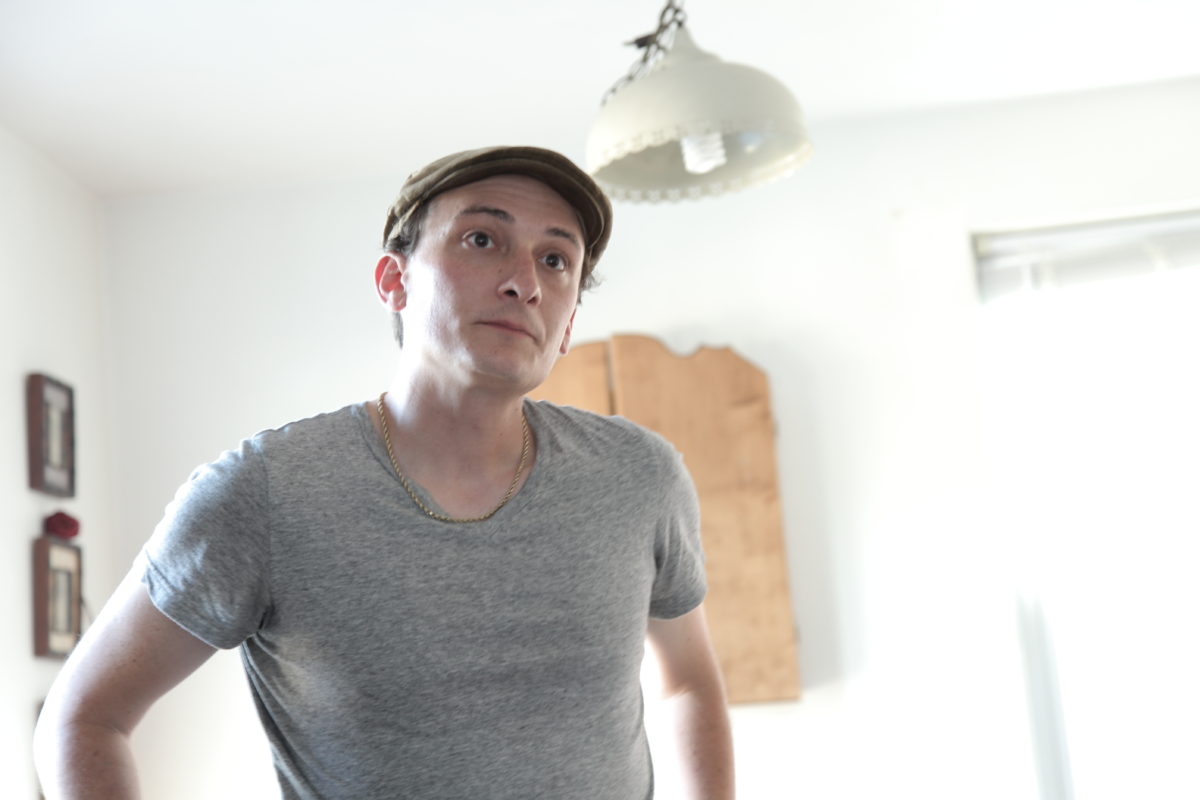
How has fatherhood changed your work habits?
It turns out in order to write you don’t just need time, you need space. Both of those things are taken away from you with a machete when you have kids. In order to finish the novel, just to get the draft done, I have friends who live a few blocks away, and I have someone watch the kids and I have had to go use their house while they are not home. She sends me a picture of her schedule every month and I make it work. I never work for long, only three hours at a time, but right now I am at a place where I get up at 3:50 a.m. to get a good hour of time before the kids wake up and it has been really hard. You know how they say in sports that the great ones play hurt? When it comes to writing, the great ones work busy. There just isn’t enough time. But I have confidence in myself that I will put in the time and do the work. I never want to play the blame game or act like something has been taken away from me. You make the time — people tell you that all the time but you don’t know what it really means until you actually have to make the fucking time.
We are reaching the end of the decade, and you started the 2010s with Audrey the Trainwreck in 2010 and you are now ending the decade in the process of getting a novel published. How do you see yourself as an artist at this point in your career?
I don’t know yet. I am not old enough yet and the decade hasn’t fully passed, so I can’t look at it and be like ‘this happened.’ I can look at when I was 17, 18, 19, 20 — which is the novel — and be like, this is exactly the prick I was. That is the kind of perspective time gives you and I don’t have it for this decade yet but I look forward to doing it someday.
My mom was just over at my house telling me about her realtor’s nephew or someone who is in town to make a movie and how he did the adaptation from a book and he’s got Mira Sorvino in it or somebody else. I said, ‘Oh cool.’ I looked him up and found out it was his first movie. She kept asking how old he was and I started to realize that she would much rather have me doing that kind of thing… which always disappoints me that she will never understand where I am coming from — but she’s not supposed to because she’s my mom (laughs). Swanberg said it best, that your parents just want something easy to say to their friends about you. When he got the Netflix show [Easy] they were able to say to friends when they asked about him, ‘Netflix.’
I wish I could just give my mom something easy to say about what her son does, ya know? But this happened with my mom the day I got the email from you saying you were putting Tiger Tail in the top films of the decade. I showed it to Kari [his wife] and I said it just seems like this happens to me a lot.
My growth has been little devastations followed by really kind words by genuine people. There is always something to keep you going. And you really need that sometimes.
Follow our series on the Films of Frank V. Ross here:
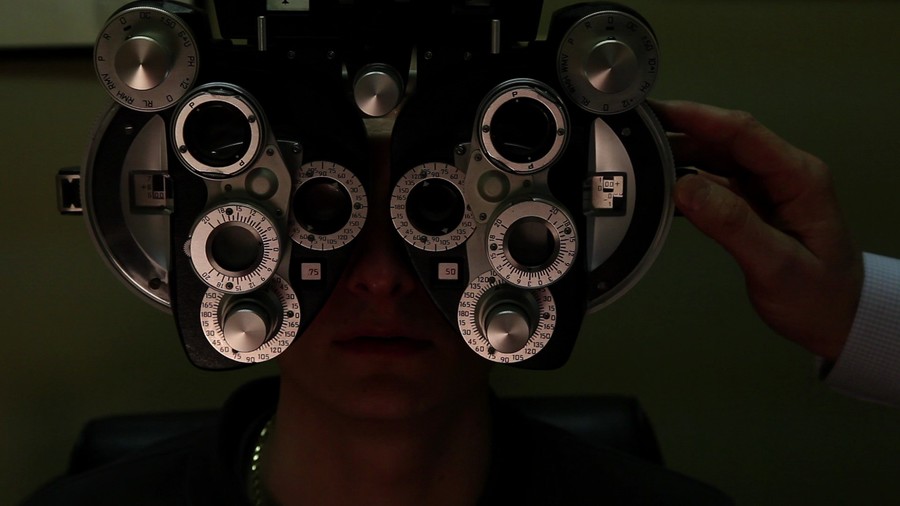
Follow our series on The Best of the 2010s in Film here:
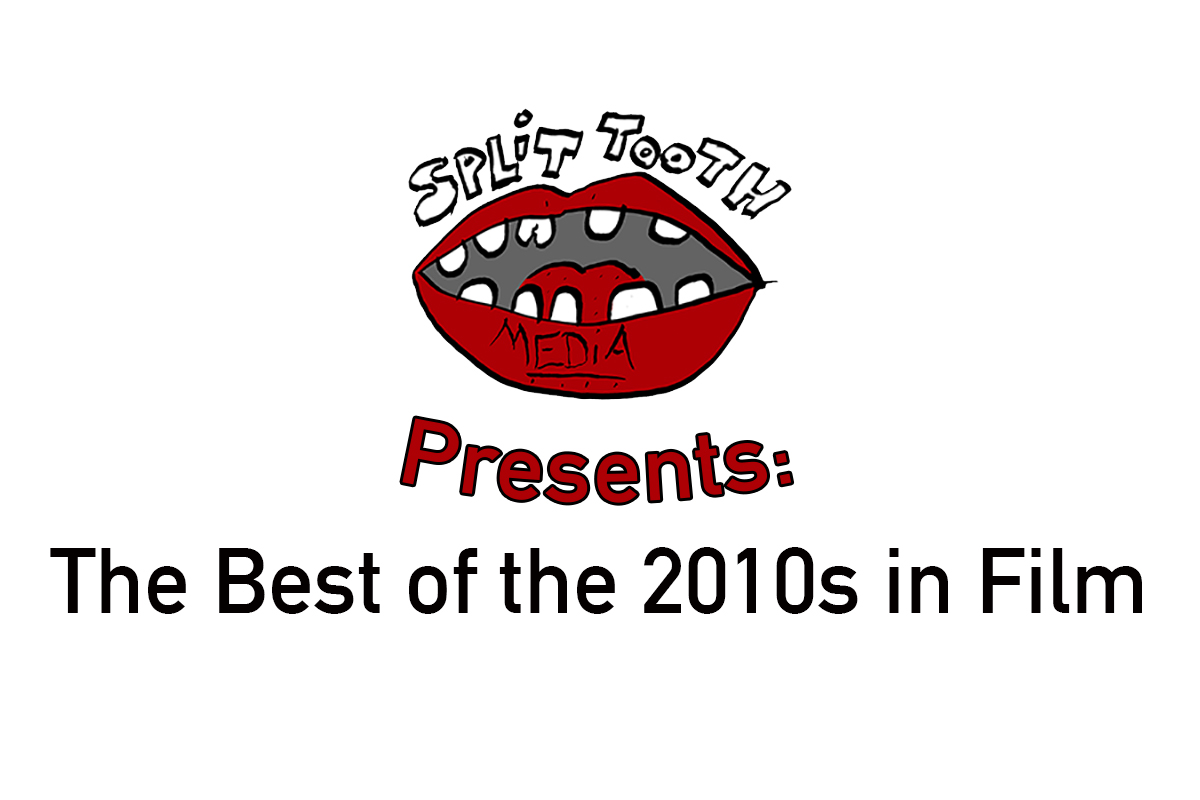
This post was updated on July. 2, 2023
Follow Brett on Twitter and Letterboxd
(Split Tooth may earn a commission from purchases made through affiliate links on our site.)

